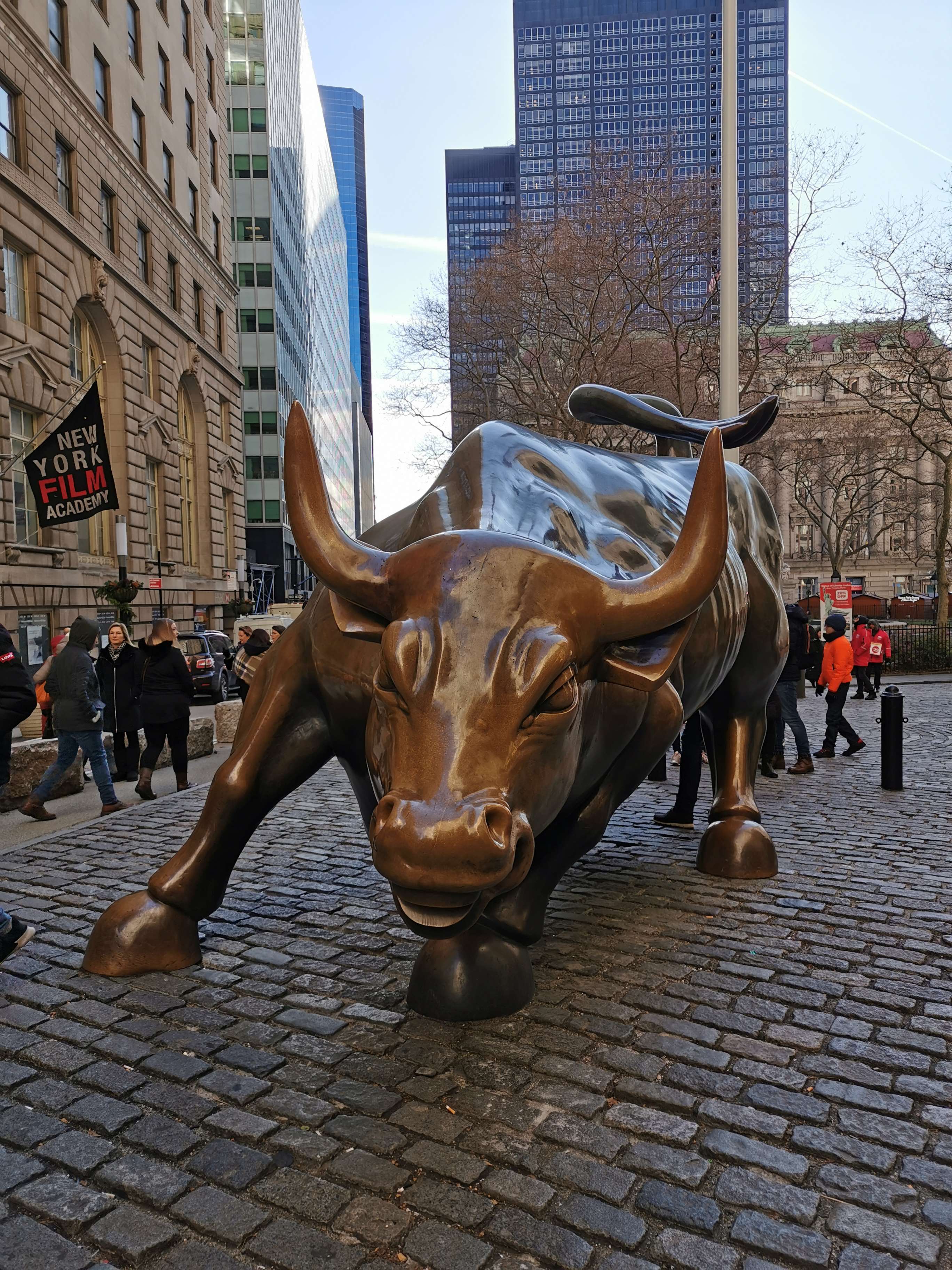
dlzy900
No personal profile
2Follow
24Followers
0Topic
0Badge
yup
Pre-Bell|S&P 500 Futures Cut Gains; Coinbase Slumped 18%
yup
Pre-Bell|S&P 500 Futures Cut Gains; Coinbase Slumped 18%
yep
Cathie Wood Just Bought More Coinbase (COIN) Stock. Here’s Why.
yep
Cathie Wood Just Bought More Coinbase (COIN) Stock. Here’s Why.
okay
Tesla: Overvalued By 85.26% And Not A Technology Company
okay
Tesla: Overvalued By 85.26% And Not A Technology Company
okay
Sorry, the original content has been removed
yes
An Incredible Stock Market Money-Making Opportunity Is Fast Approaching
yes
Why did Warren Buffett's Berkshire Hathaway Spend Billions on Chevron? Look at "Shareholder Yield"
yup
3 Stocks That Could Be Worth More Than Tesla by 2030
yes
3 Top Stocks to Buy During a Sell-Off
okay
Sorry, the original content has been removed
Go to Tiger App to see more news